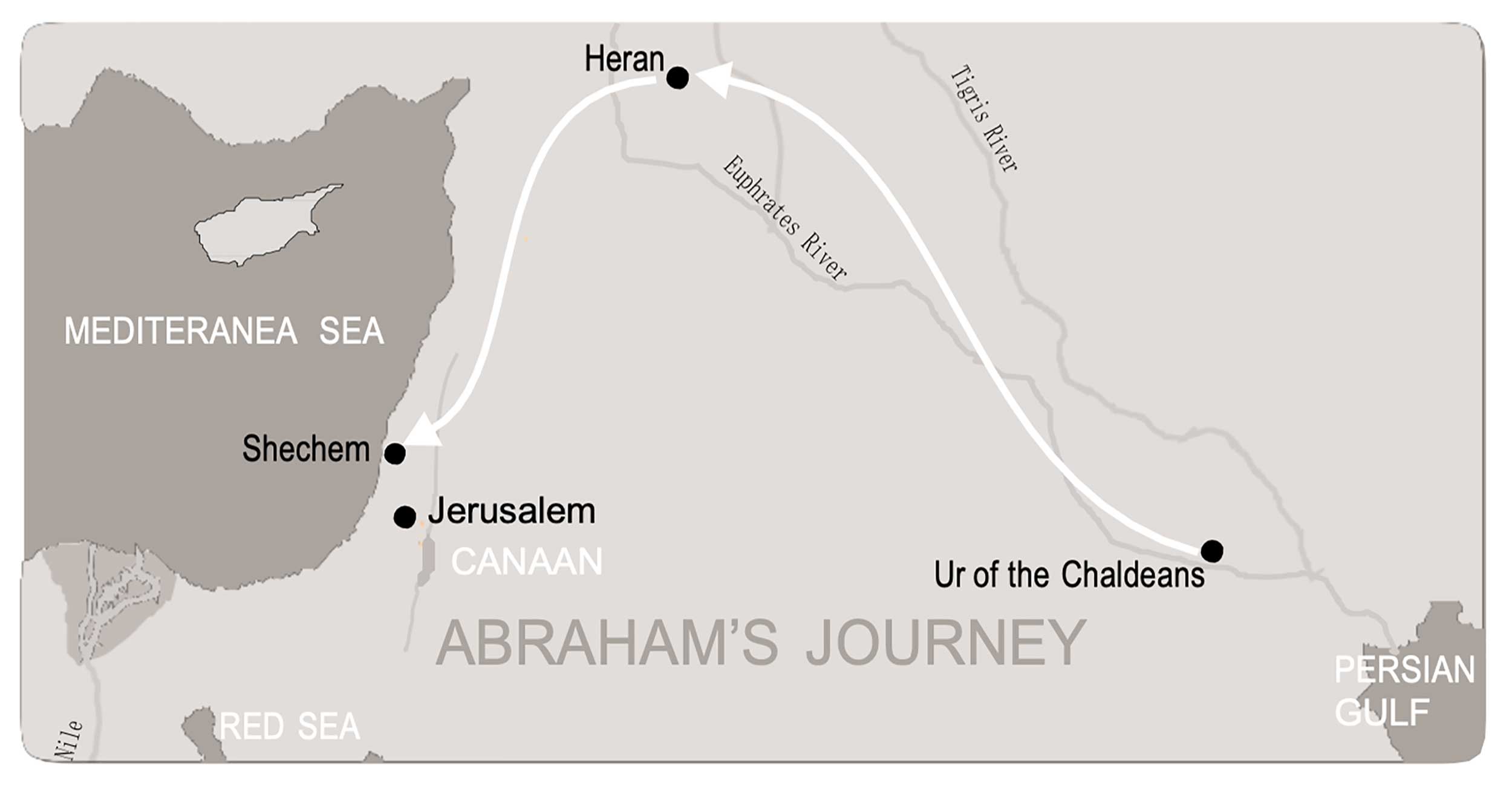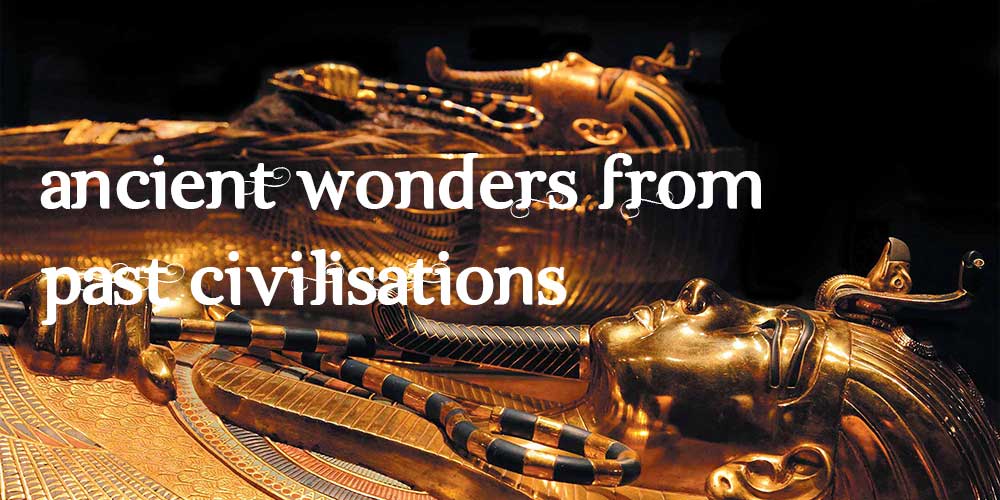
TRY JESUS 2
There is more evidence for the historical reliability
of the Bible than for any other ancient book.
It also has had more influence on the world than any other book.
The Power of the Bible
Some years ago an army officer found himself on a cannibal island in the South Seas. One day he came upon an old chief seated before his primitive hut reading the Bible in his own language. The officer asked the old man what he was reading. Holding up his Bible, the chief said, “Me read God’s Book.”
“Out of date, aren’t you?” the officer asked.
“Back in my country we don’t believe in that Book anymore. We have found out that it is just a book of myths.”
The old chief paused thoughtfully and then replied:
“Maybe you no believe Book your place. This Book make me good man. Before Book come my island I eat you. Now Book he change me. No cannibal any- more. All because Book he change headhunter to good man. Book change my heart. You tell me, white man, you wanta me throw Book away and eat you?”
The army officer went pale at the thought, waved his hand at the old chief, and muttered, “Keep your Book,” as he walked sheepishly on his way.
The Bible possesses a power that can actually transform people’s lives. Whenever people study the Bible and take it seriously, lives are dramatically changed for the better.
The Unity of the Bible
The Bible actually is a library of 66 books. These are divided into two sections – 39 books of the Old Testament and 27 books of the New Testament.
These books are divided into chapters and verses for easy reference.
The Old Testament (OT) books were written before Jesus came, between about 1500 BC (before Christ) and 400 BC and they are largely the history of God’s dealings with the children of Israel who became known as the Jews.
Moses wrote the first five books.
The first book of the Bible is Genesis – which means “Beginnings”.
It’s about the beginning of things – the creation of this world, the origin of evil, God’s plan for dealing with the problem of evil, the call of Abraham and the rise of the Jewish nation.
The recurring theme of the OT is the promised coming of the Messiah, which the New Testament shows was fulfilled in the coming of Jesus Christ. (The word Messiah is Hebrew for “The Anointed One”. “Christ” is the Greek translation).
The books of the New Testament (NT) were written after Jesus’ time between 50 AD and 95 AD [AD Anno Domini Latin for “in the year of our Lord”].
The first four books, commonly called the four Gospels, are about the life and teachings of Jesus, written from four different perspectives by Matthew, Mark, Luke and John. Much of the NT is composed of letters written to new Christian churches and to individuals. Paul, who as a travelling preacher had established many Christian churches in Asia Minor and Europe, wrote 13 of these.
Paul was a Jew who became a follower of Jesus after His death and resurrection. John, one of Jesus’ 12 disciples, wrote the last book – Revelation.
Following are some important facts about the Bible:
• Written over approximately 1600 years (1500 BC to 100 AD).
• Written over 60 generations.
• Written by 40 authors from every walk of life, including kings, peasants, philosophers, fishermen, shepherds, physicians, poets, statesmen, scholars, etc.
• Written on three continents: Asia, Africa and Europe.
• Written in three languages: Hebrew, Aramaic and Greek.
• Yet there is one theme: God’s planned rescue of human beings through Jesus from the problem of evil

Consider a car with various parts manufactured in different parts of the world. The engine is made in Germany, the body in USA, the running gear in Japan, the interior in France, the electrical circuitry in Taiwan, the gearbox in Korea.
All these parts are assembled in Australia. What would be the only logical conclusion if all the parts fitted perfectly?
The simplest explanation would be that there was one common design. They were all following the same set of plans.
So it is with the Bible – as a whole it communicates one message, one grand theme.
This revolves around Jesus coming to rescue us from the mess that we’re in.

We Can Trust the Bible!
THE PRESERVATION OF THE BIBLE IS REMARKABLE
Sceptics, such as biologist Richard Dawkins, dismiss the Bible out of hand, completely ignoring the evidence for its historical accuracy and reliability. (See, The God Delusion, paperback ed. 122).
All of the early manuscripts of the Bible were copied by hand – long before there were printing presses. Scribes made copies of the original manuscripts and distributed them. Thousands of copies of such manuscripts or portions of them still survive.
Hebrew manuscripts of the OT that go back to 250 years before Christ, were found near the Dead Sea in 1947. It’s amazing that these 2000-year-old scrolls contain exactly the same truths we find in the OT of Bibles printed today. This is powerful evidence of how reliably God’s Word has been transmitted to us!
The apostles first wrote much of the NT as letters sent to Christian churches established after the death and resurrection of Jesus (Colossians 4:16, page 1185).
More than 5600 manuscripts of all or a part of the New Testament are on display in museums and libraries of Europe and America. Some of them date back to the 2nd century.
One portion of Mark’s Gospel has been dated 68 AD and a portion of Luke’s Gospel between 63 AD and 67 AD, which is close to the time when they wrote the originals.
As well as this we have at least 10000 early Latin Vulgate versions along with 9300 other early versions.By comparing these early manuscripts with today’s Bible, we can readily see that the NT has also remained essentially unchanged since it was first written.
Remarkably enough, we are much more certain about the original text of the Bible than we are about the original text of Shakespeare’s plays.
Sir Frederic Kenyon, once the director of the British Museum, in his book Our Bible and the Ancient Manuscripts assures us:
“The Christian can take the whole Bible in his hand and say without fear or hesitation that he holds in it the true Word of God, handed down without essential loss from generation to generation throughout the centuries.” (New York: Harper & Brothers, page 23)
Today the Bible or portions of it have been translated into more than 2500 languages and dialects. God’s Word remains the world’s best-seller; about 600 million Bibles and Bible portions, on average, are published annually.

HISTORICAL ACCURACY OF THE BIBLE RECORD IS REMARKABLE
Today many archaeological discoveries have dramati- cally confirmed the accuracy of the Bible record. Historians have discovered clay tablets and stone monuments that have brought to light names, places and events previously known only from the Bible.
Historians now go to the Bible with confidence in its accuracy.
For example, according to Genesis 11:31, Abraham and his family “set out from Ur of the Chaldeans to go to Canaan.” Because only the Bible spoke of Ur, certain scholars stated that no such city had ever existed.
Then archaeologists uncovered a temple tower in southern Iraq with a cylinder at the base written in cuneiform that contained the name Ur.
Later finds revealed Ur as the thriving metropolis of a highly developed civilisation. That city’s identity had been forgotten and lost to later historians. Only the Bible preserved its name – until the spade of the archaeologist confirmed its authenticity.
Ur is but one of many examples of archaeological information that now confirms the accuracy of Bible history. You can obtain fascinating books on bibli- calarchaeologyfromyourlocalpubliclibrary. Such books give hundreds of other examples of how history proves the reliability of the Bible.
(Adpated from Discover: We Can Believe the Bible, Voice of Prophecy, 1995)
William F Albright, a world-famous archaeologist, states:
There can be no doubt that archaeology has confirmed the substantial historicity of Old Testament tradition.
(Archaeology and the Religions of Israel, Baltimore: Johns Hopkins University, page 176)
There is more evidence for the historical reliability of the Bible than for any other ancient book. It has had more influence on the world than any other book. It is truly unique – and rightly so, because it claims to be the Word of God, the Word of life.
THE ACCURATE FULFILMENT OF BIBLE PREDICTIONS PROVES THAT YOU CAN TRUST THE BIBLE.
Our confidence in the Word of God can also be strengthened by a look at Bible prophecies. The Bible contains many remarkable predictions of future events that are now being fulfilled before our very eyes. You will examine one of these exciting prophecies in a later study guide. You will discover that God revealed the entire future course of history in advance from 605 BC right down the centuries to our day. This prophecy also looks into the future and tells us what is coming in our world today.
The Bible Is a Message from God
1. How does God communicate His messages to us?
Amos 3:7
Prophets are persons God called to speak and write for Him. God has not left us in the dark concerning life and its meaning. Through His prophets He has revealed His answers to life’s great questions.
2. Who wrote the Bible?
2 Peter 1:20, 21
How to Understand the Bible
3. What did Jesus say about how a person could understand the teachings of the Bible?
John 7:17
4. How should we study the Bible?
2 Timothy 2:14, 15
5. What prayer did David, a shepherd who became the king of Israel, pray, that could help us in understanding the Bible?
Psalm 119:18
6. How did the people of Berea, a city in southern Macedonia, receive Paul’s message about Jesus? In what way did they check on what he said?
Acts 17:10-12
The Bible needs to be studied carefully.
Passages should be read in their historical and cultural context, as well as their literary context.
Someone has said with tongue in cheek,
“Cain attacked his brother Abel and killed him” (Genesis 4:8).
Jesus said,
“Go and do likewise (Luke 10:37).
And, “What you are about to do, do quickly” (John 13:27)
All three statements are in the Bible, but they are not related to each other at all.

The Purpose of the Bible
Who is the focal point of the entire Bible? Luke 24:13-32,44-48
The whole Bible is about Jesus and God’s plan to rescue human beings from sin and evil. The terms the “Law of Moses”, the “Prophets” and the “Psalms” (or “Writings”) were the three divisions of the Hebrew Old Testament.
For what purpose did Jesus come to this world? John 3:16
What does Jesus promise to give those of us who are burdened? Matthew 11:28
The Bible Can Change Your Life
Some time ago the American Bible Society conducted an experiment in Chicago.
They chose a five-block area in the district with the highest crime rate in Chicago, and flooded the area with 7000 copies of John’s Gospel, enclosing an invitation for anyone who wanted more reading material to send for a free copy of Luke or, for 25 cents, the whole New Testament in modern English.
They received 200 requests for New Testaments in response to the mailing.
More significant to them was the fact that the police captain in the district reported that the crime rate had dropped drastically within one month of the experiment.
The same experiment was conducted in another area with a high crime rate, with similar results. (Sower)
These[things] are written that you may believe that Jesus is the Christ, the Son of God, and that by believing you may have life in his name.
John 20:31
There’s power in the Bible. It changes lives. It can change your life. The Bible says,
“Taste and see that the Lord is good”
(Psalm 34:8, page 396). Just as the proof of the pudding is in the eating, so as we take the Bible and read it, we will find hope and meaning in life.
What have you discovered about the Bible that has helped you?























